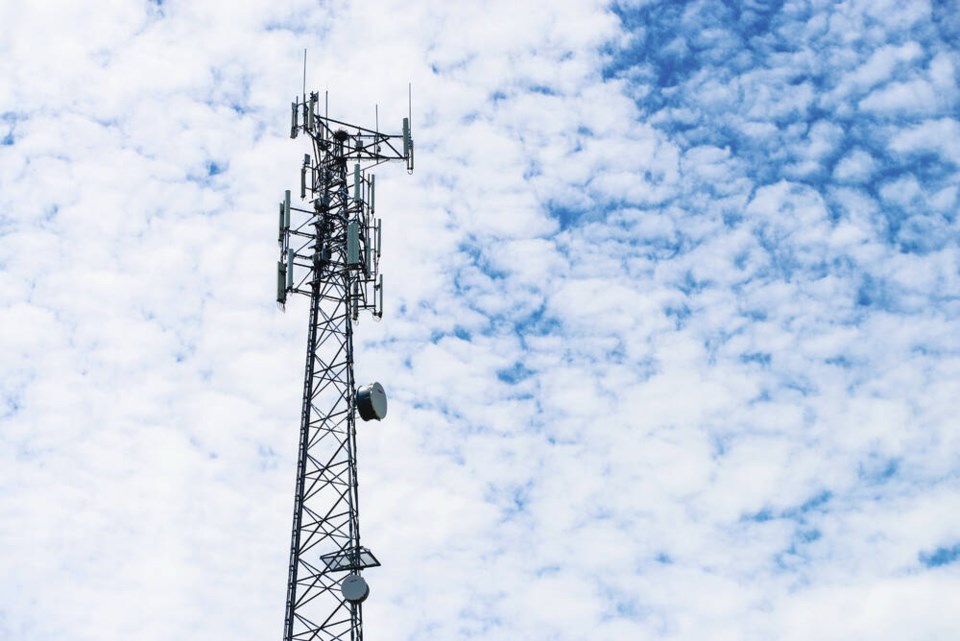The dead zone for cell phones between Sooke and Port Renfrew will stay that way at least until next year.
Rogers Communications, the company contracted to build cell towers along the remote section of Highway 14, said the project has faced challenges, including global shortages of key telecom equipment and steel.
The provincial government announced last spring the infrastructure would be in place by the end of October to provide the wireless service so desperately needed by residents, search-and-rescue operators and the thousands who use the trails and beaches along Juan de Fuca Marine Trail.
“Our crews are hard at work on building seven new cellular towers to expand wireless service for customers along Highway 14,” a spokesman for Rogers said in an email Monday.
“We remain dedicated to the completion of this important project as we address the global equipment and steel shortage, complexities of obtaining building permits as well as the challenging terrain in the area.”
The spokesman said the company is on track to have coverage in service in 2022, but did not narrow down the date.
At least two of the tower sites have been identified and one of the structures is up on a rock face. Each site has to be approved by governing bodies along the 70-kilometre route, including First Nations.
Mike Hicks, director of the Juan de Fuca Electoral Area, said cell service is essential for search-and-rescue teams and the thousands of hikers drawn to the area, as well as about 1,200 residents. “Nobody is going to be lying in a ditch with a broken leg wondering if help is going to come.” Hicks said. “This is something that’s desperately needed for safety.”
The project will also bring cellular service to Port Renfrew, Shirley, Otter Point and Jordan River, as well as the Pacheedaht First Nation communities of Gordon River 2 and Pacheena 1.
A highway rest area near the entrance to Sombrio Beach, a popular surfing spot, will be upgraded to provide a Wi-Fi connection, improving safety and convenience for people passing through or coming to enjoy the trails, the province said.
The announcement is being welcomed by first responders.
“Like so many emergency responders, [we] have come to rely upon cellular service for voice and data communications,” said Vickie Weber, senior manager of Juan de Fuca Search and Rescue. “Many online resources enhance our capability and response to people who may be having a life-threatening emergency.”
Funding for the project is from the province’s Stronger B.C. Economic Recovery Plan, which included a one-time $90-million grant to the Connecting British Columbia program to expand high-speed internet and cellular access in rural and Indigenous communities.
Rogers Communications was selected to receive up to $4.9 million to build the cell tower infrastructure.



